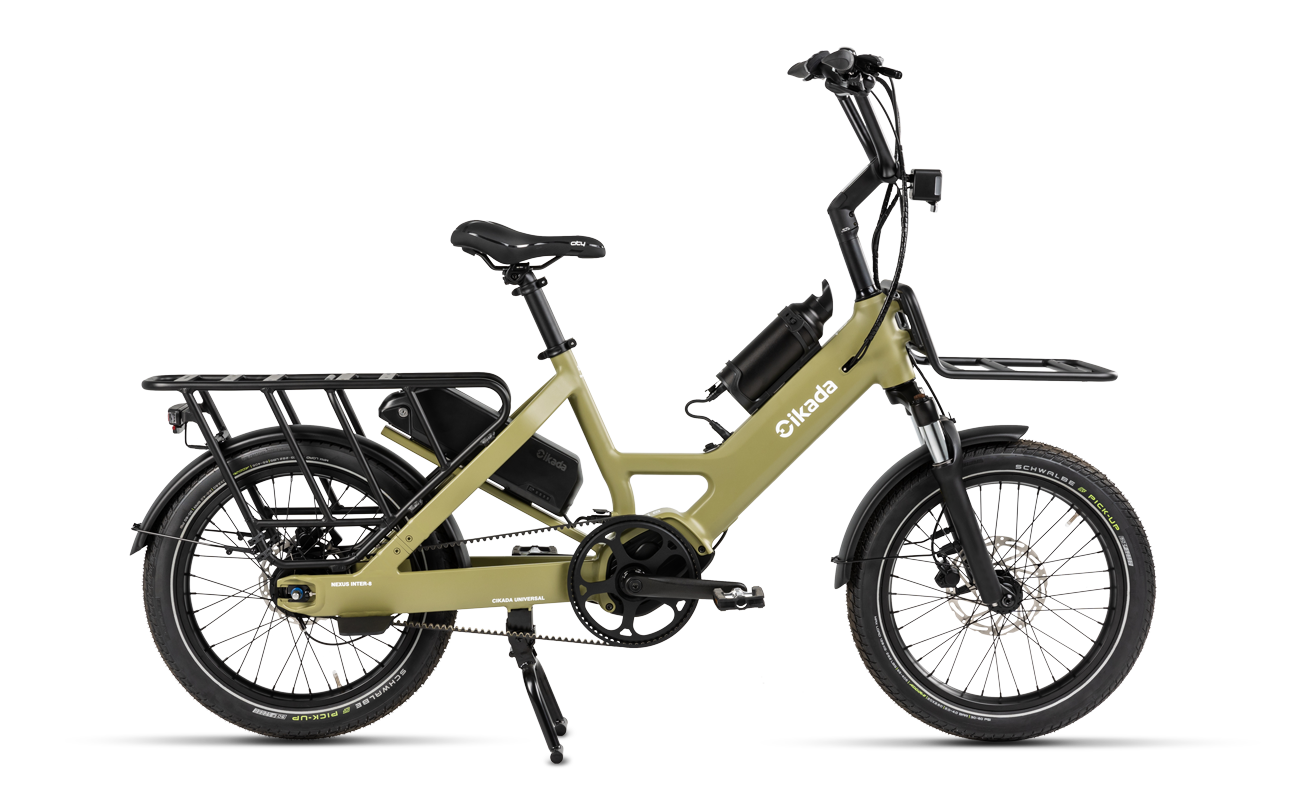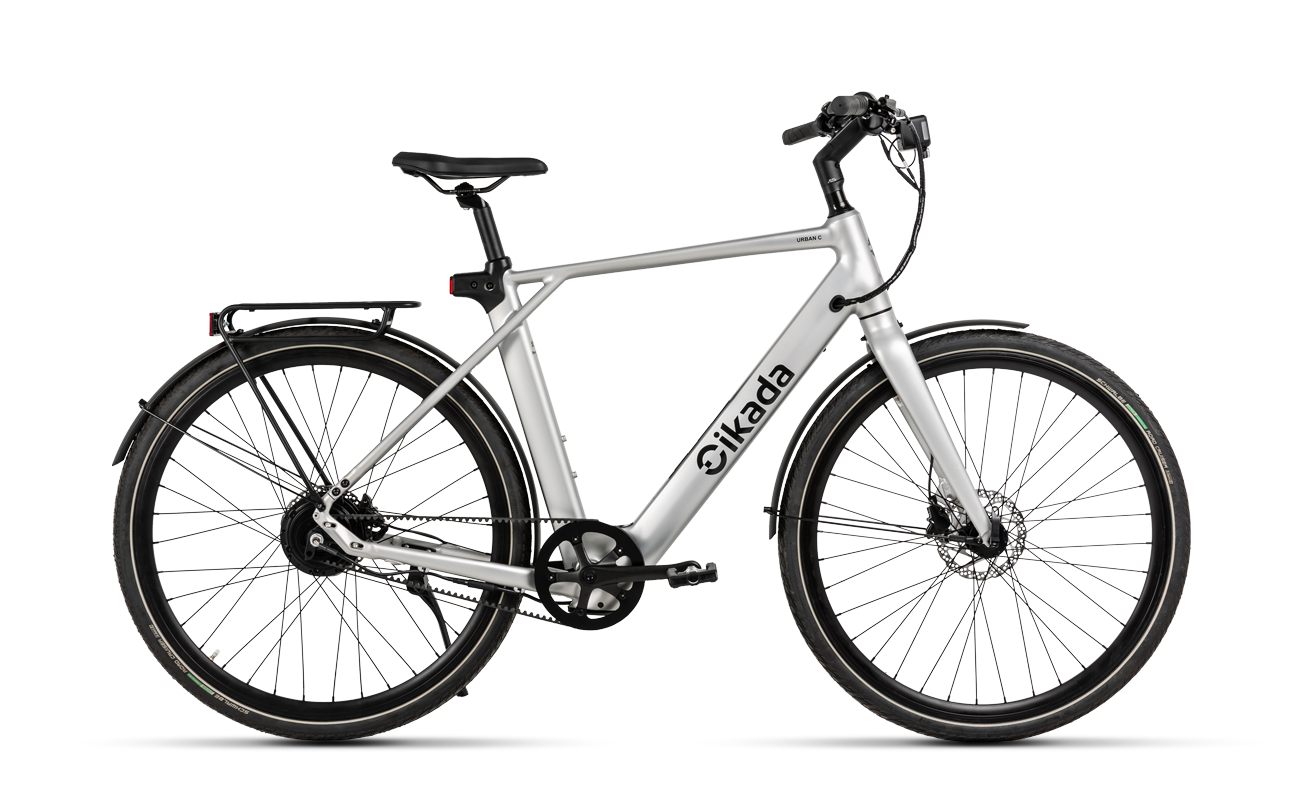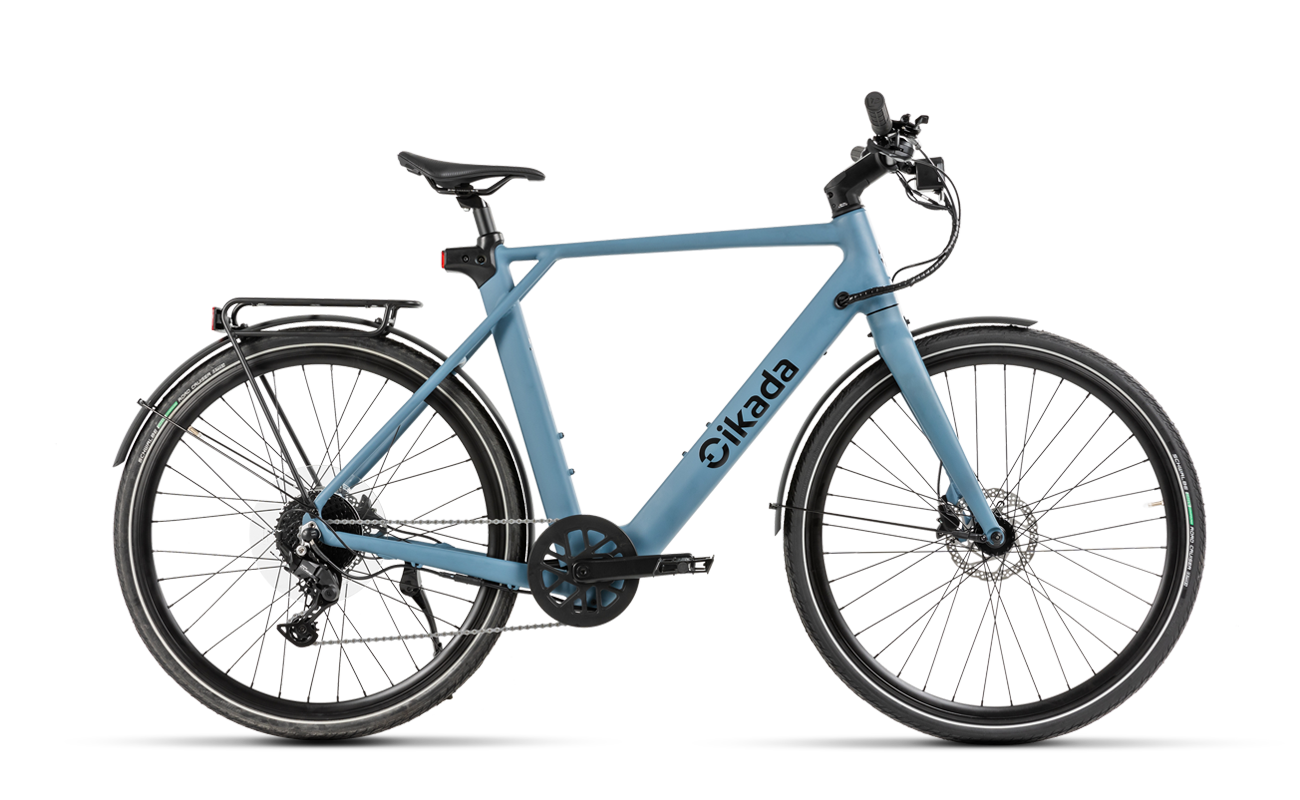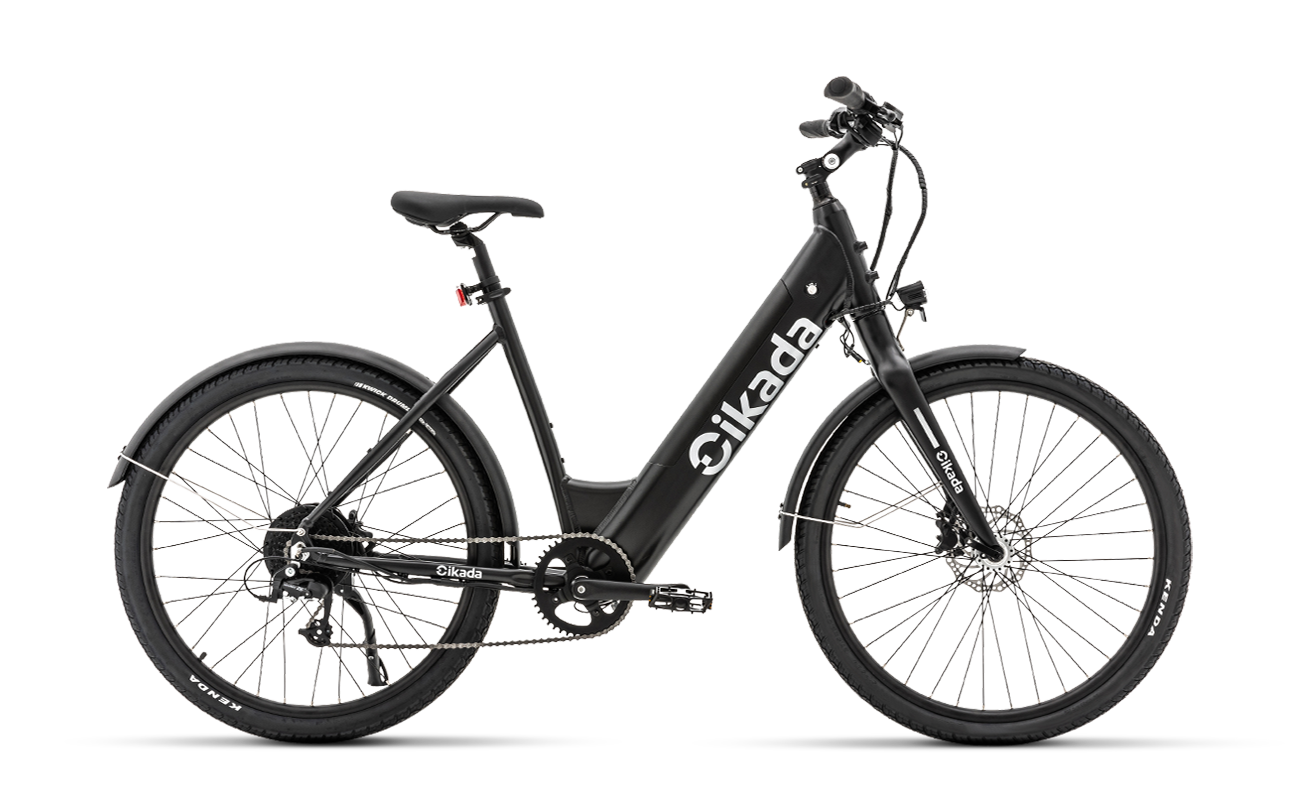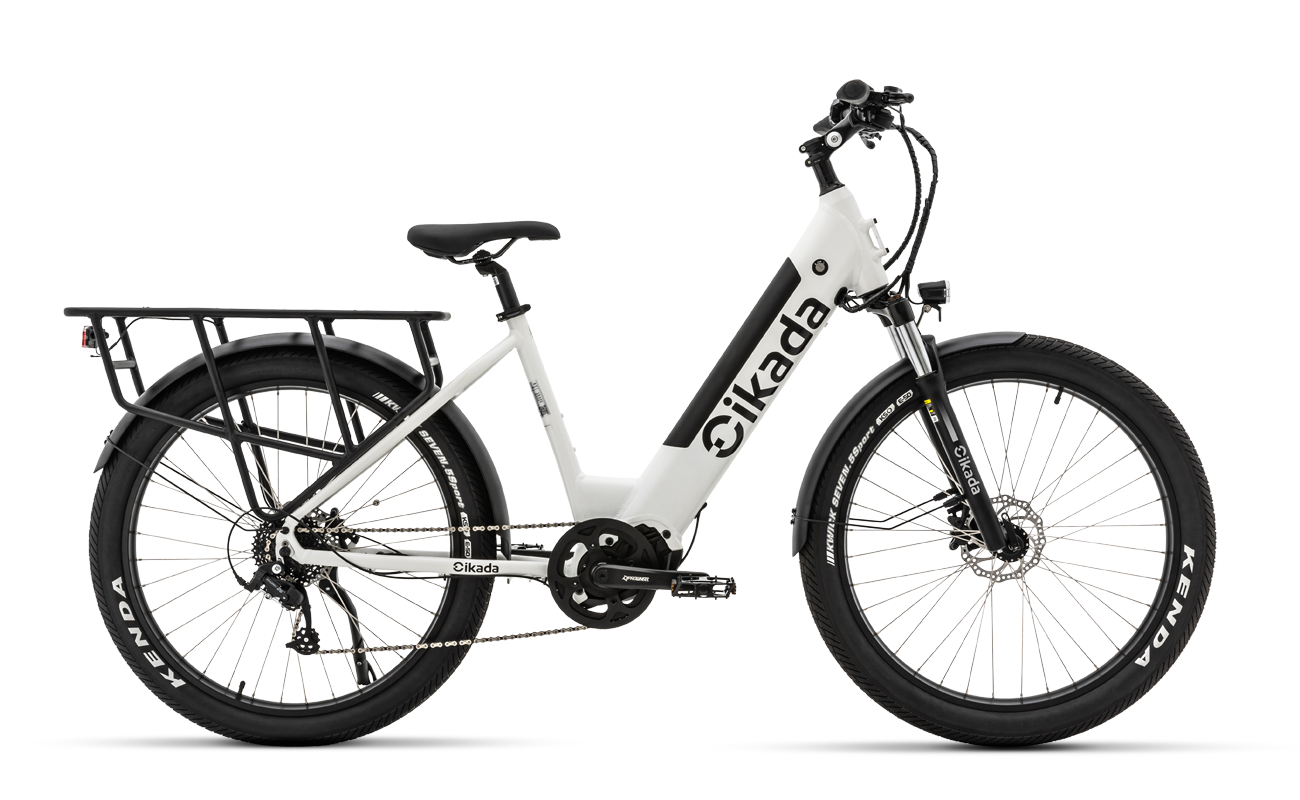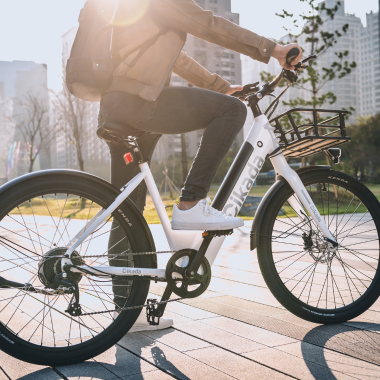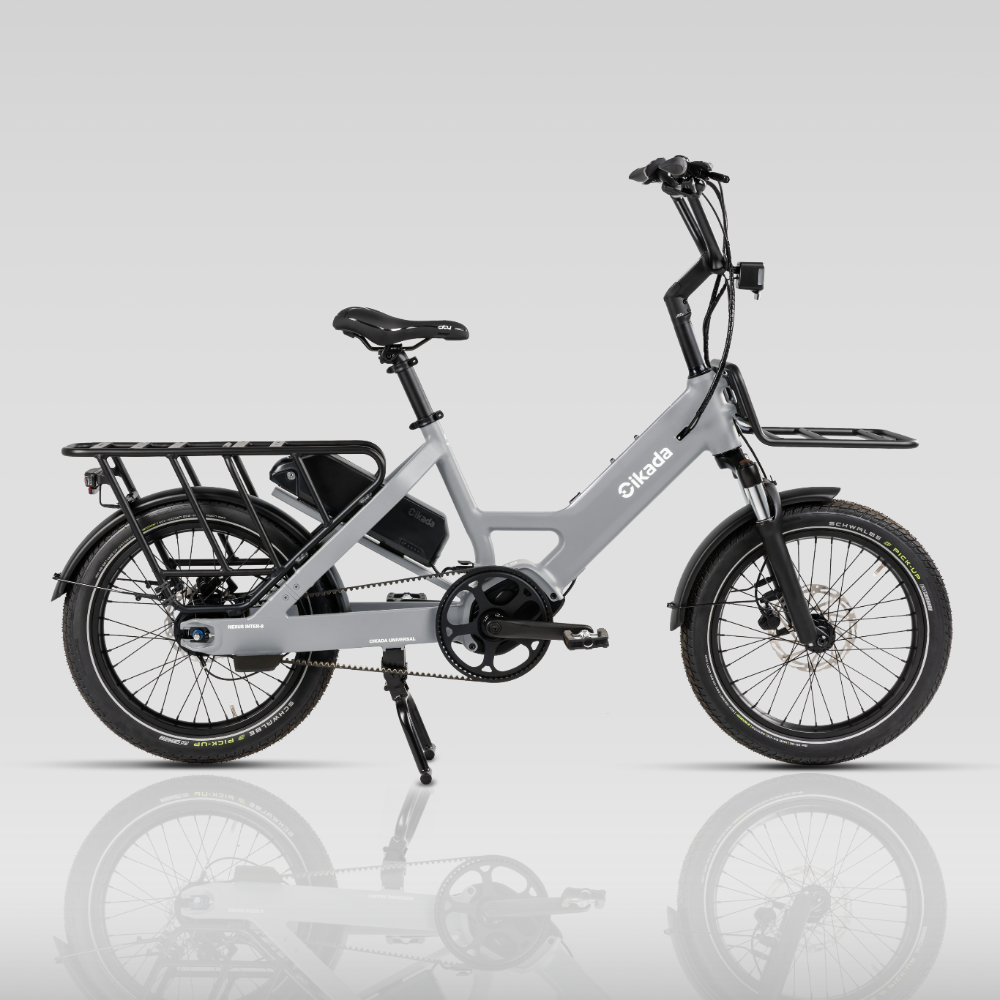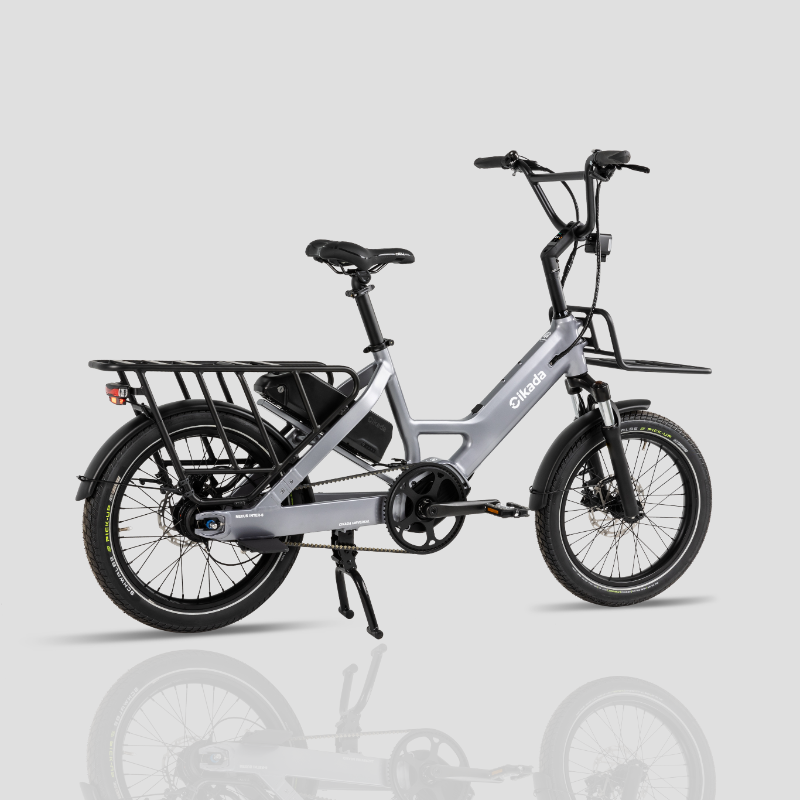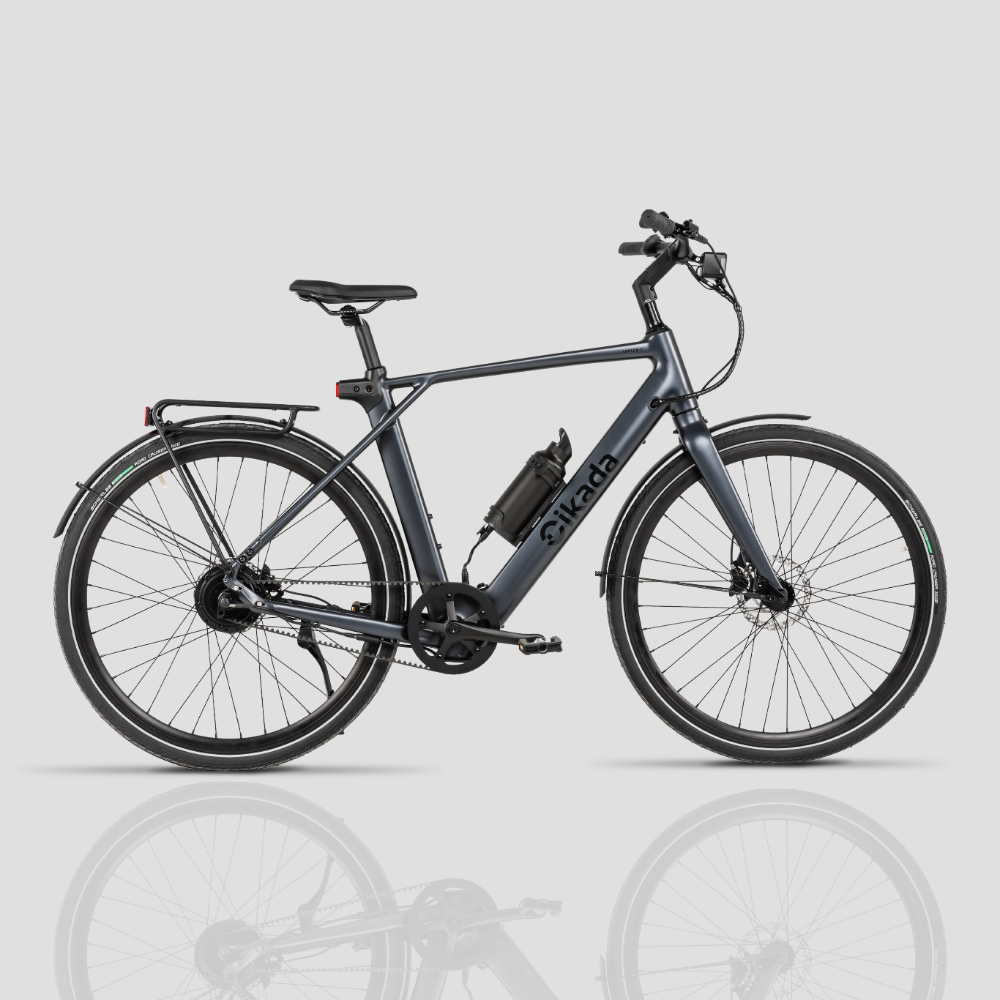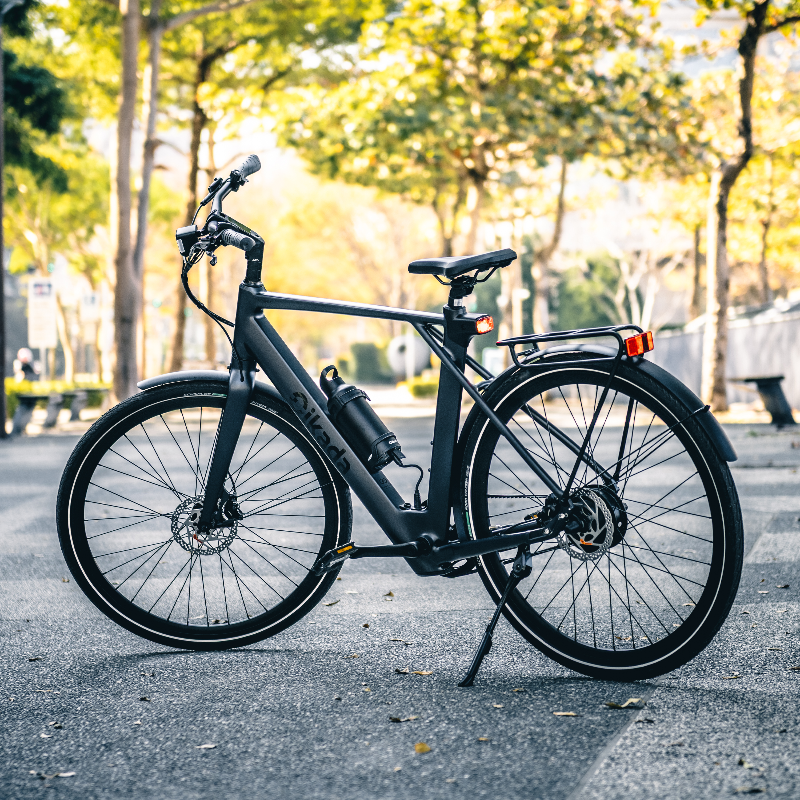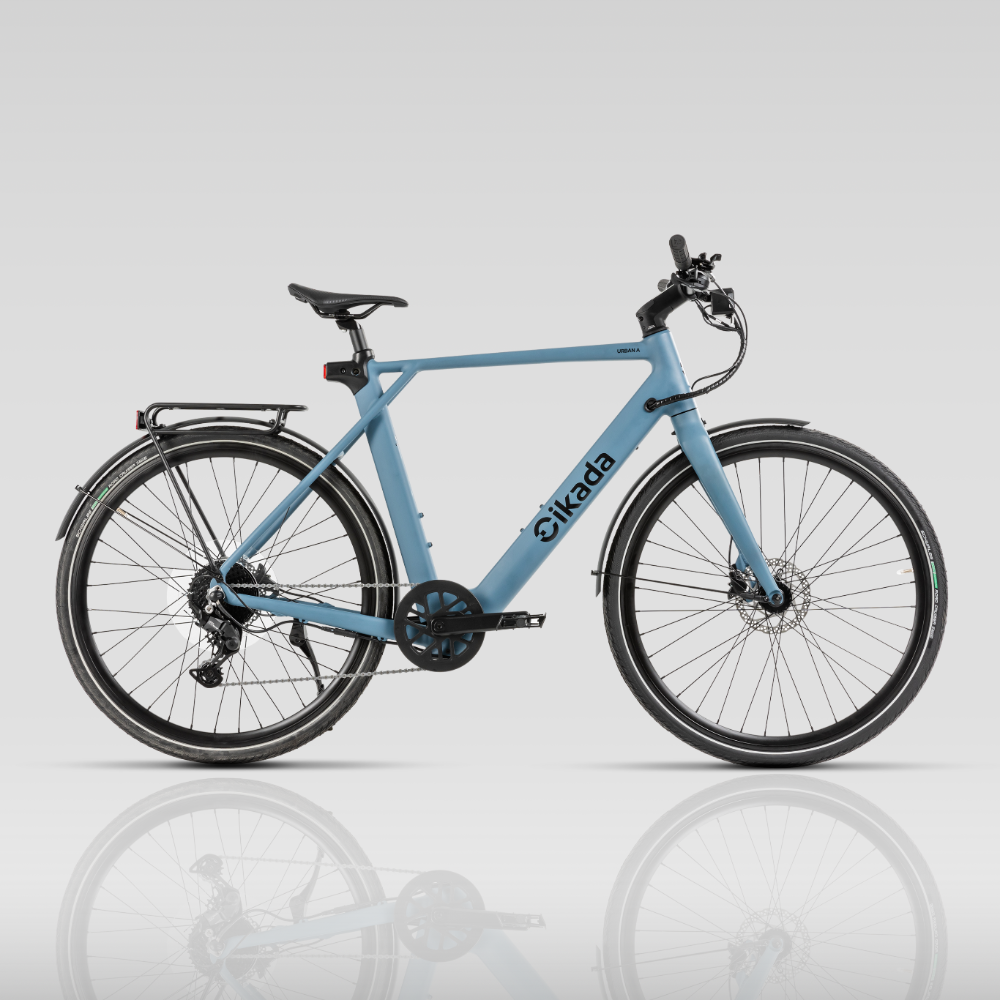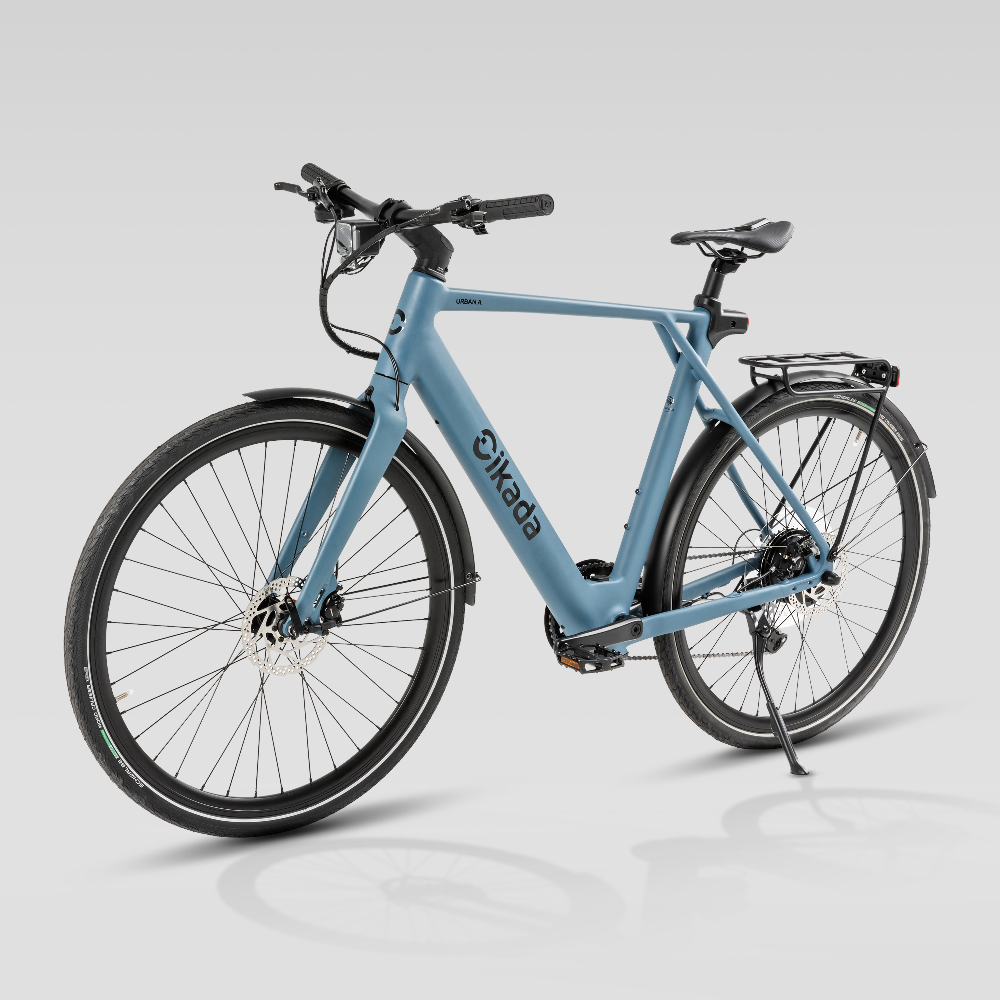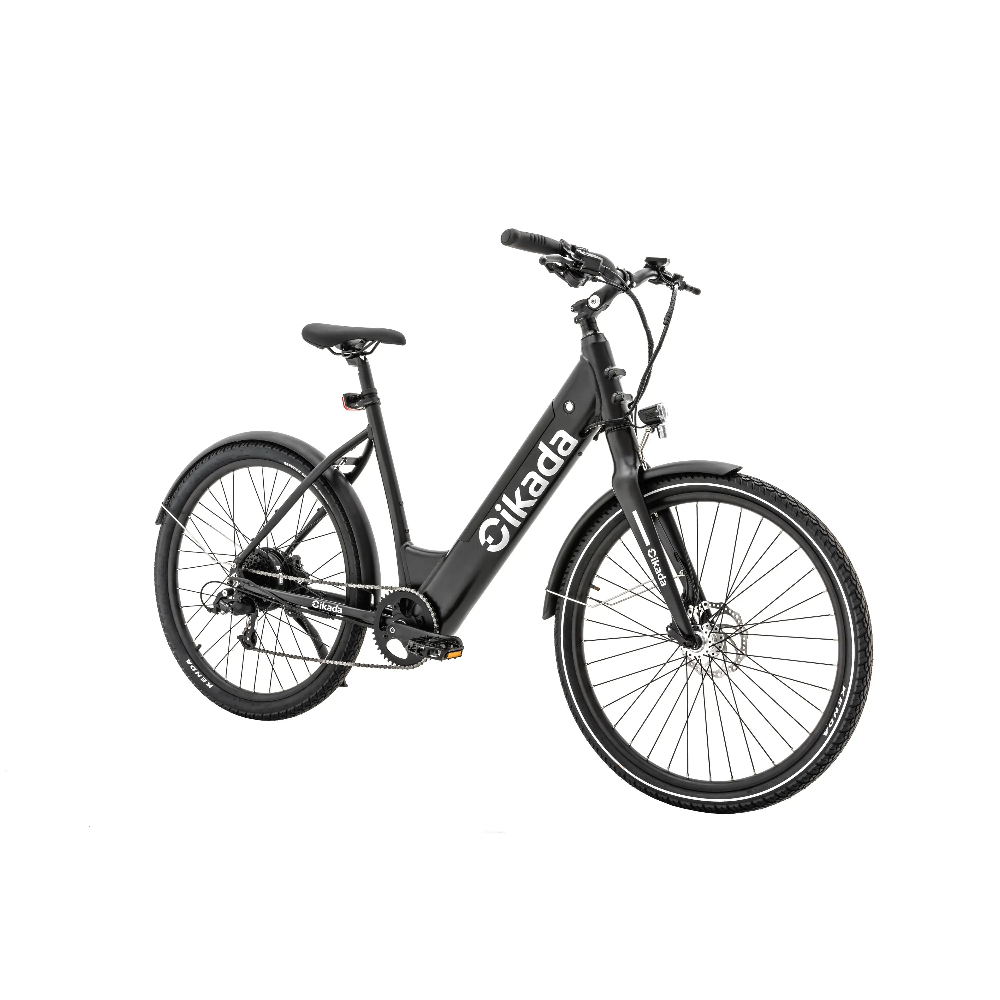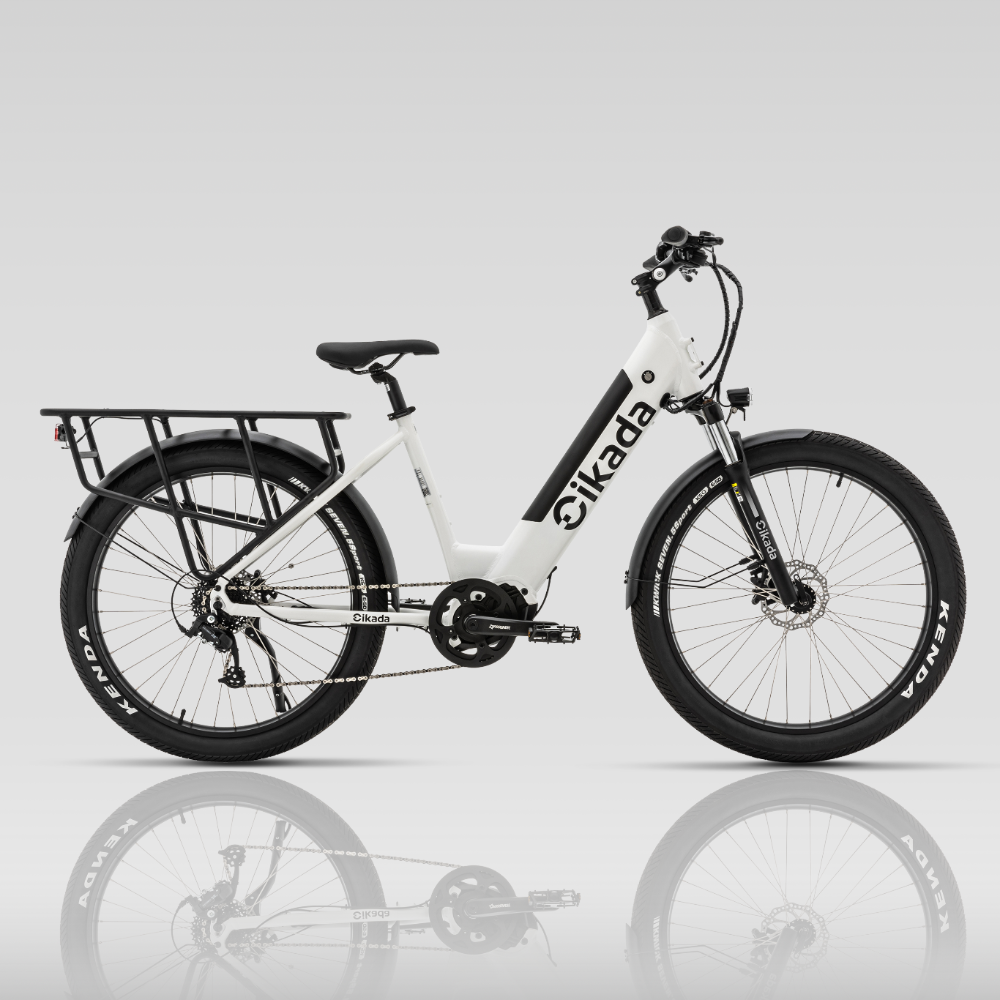The difference between mid drive motors and rear hub motors for eBikes
As eBikes continue to grow in popularity, understanding the different types of motors available becomes crucial for anyone looking to make an informed purchase. The two main categories of motors that power eBikes are mid drive motors and rear hub motors. Each type has its own set of advantages and disadvantages. In this article, we will explore these differences to help you decide which motor type best suits your needs.

Understanding eBike Motors
eBikes are bicycles equipped with electric motors that assist with pedaling, making it easier to ride longer distances and tackle steep hills. The motor is a critical component of an eBike, and its type can significantly impact performance, efficiency, and cost. Let's dive into the specifics of mid drive motors and rear hub motors to understand their unique attributes.
The Evolution of eBike Motors
eBikes have come a long way from their inception. Early models were bulky and less efficient, but advancements in motor technology have revolutionized their design and capabilities. Understanding this evolution helps riders appreciate the sophisticated engineering behind modern eBike motors.
How eBike Motors Function
An eBike motor essentially acts as a booster to your pedaling power. When you pedal, sensors within the bike detect your motion and the motor provides assistance based on the level of support you've selected. This seamless integration allows for a more natural riding experience, combining human power with electric assistance.
Importance of Motor Placement
Where the motor is placed on an eBike significantly affects its performance and handling. Mid drive motors and rear hub motors offer different experiences due to their positioning, impacting everything from weight distribution to maintenance needs. Understanding these differences is key to choosing the right eBike for your lifestyle.
Mid Drive Motors
Mid drive motors, as the name suggests, are located at the center of the bike frame, usually integrated with the pedal crankshaft. This positioning allows the motor to directly power the bicycle's chain, providing an efficient transfer of power. The Cikada Touring E-Bike features a solid mid drive motor which boasts this efficiency.
What Are Mid Drive Motors?
Mid drive motors are a hallmark of high-performance eBikes. Positioned centrally, these motors engage directly with the bike's chain, which leverages the bike's existing gear system. This allows for a more dynamic and powerful riding experience, adaptable to various riding conditions.

Advantages of Mid Drive Motors
- Enhanced Performance
Mid drive motors are known for their superior performance, particularly when it comes to climbing hills and tackling challenging terrains. Since the motor leverages the bike's gears, it can maintain optimal RPMs, leading to better power output and greater torque. This power advantage makes mid drive motors ideal for those who enjoy off-road adventures or live in hilly areas.
- Better Weight Distribution
Positioning the motor at the center of the bike ensures a balanced weight distribution. This balance improves handling and stability, making mid drive motors ideal for off-road cycling and dynamic riding conditions. Riders often report a more natural riding feel, as the bike's weight is evenly distributed, reducing the likelihood of tipping or instability.
- Efficient Battery Usage
With the ability to use the bike's gears, mid drive motors tend to be more efficient with battery usage. Riders can optimize their power settings and maintain efficiency across various terrains. This efficiency not only extends battery life but also reduces the need for frequent charging, which is a significant advantage for long-distance riders.
Disadvantages of Mid Drive Motors
- Cost
Mid drive motors are generally more expensive than rear hub motors. Their complex design and additional components contribute to a higher price point, which might not be suitable for budget-conscious buyers. However, the higher initial investment can be offset by the enhanced performance and longevity these motors offer.
- Maintenance
The integration with the bike's drivetrain means more wear and tear on the chain and gear components, potentially leading to more frequent maintenance and part replacements. Regular maintenance is essential to keep the drivetrain in top condition, which can be a consideration for those who prefer a low-maintenance ride.
- Installation Complexity
Installing a mid drive motor can be more complex compared to rear hub motors. The integration with the bike's existing gear system requires a higher level of technical expertise, which might necessitate professional installation. For DIY enthusiasts, this complexity can be a factor to consider when choosing an eBike.
Rear Hub Motors
Rear hub motors are located in the center of the rear wheel. This type of motor directly powers the wheel itself, providing propulsion independently of the bike's gears.
This type of motor is seen in the Cikada City E-Bike.
What Are Rear Hub Motors?

Rear hub motors are a popular choice for many eBike enthusiasts due to their simplicity and ease of use. By powering the rear wheel directly, these motors offer a straightforward propulsion method that is independent of the bike's existing mechanical systems. This simplicity is one of their most attractive features.
Advantages of Rear Hub Motors
- Simplicity and Cost
Rear hub motors are generally simpler in design and cheaper to produce, making them a more cost-effective option for many eBike buyers. Their straightforward mechanism also means they are easier to install and replace. For those new to eBiking, the simplicity of rear hub motors can make the transition smoother and less intimidating.
- Minimal Wear and Tear
Since rear hub motors operate independently of the bike's drivetrain, they typically cause less wear on the chain and gears, leading to lower maintenance requirements. This independence from the mechanical components of the bike makes them a low-maintenance option, perfect for those who prefer a hassle-free riding experience.
- Quiet Operation
Rear hub motors are often quieter than mid drive motors. For those who prefer a silent ride, a rear hub motor can be a more appealing choice. The quiet operation can enhance the overall riding experience, allowing riders to enjoy the sounds of nature or urban environments without the intrusion of motor noise.
Disadvantages of Rear Hub Motors
- Less Efficient on Hills
Rear hub motors do not benefit from the bike's gearing system, which can make them less efficient on steep inclines. They might struggle to provide sufficient torque for challenging terrains compared to mid drive motors. Riders who frequently encounter hilly routes may find rear hub motors less capable of handling such demands.
- Unbalanced Weight Distribution
With the motor located at the rear, the weight distribution can be skewed, potentially affecting the bike's handling and stability, particularly in off-road situations. The added weight at the back can make the bike feel tail-heavy, which might require riders to adjust their riding style to maintain control, especially on uneven surfaces.
- Limited Performance Tuning
Rear hub motors generally offer fewer options for performance tuning compared to mid drive motors. The lack of interaction with the bike's gears means that riders have less control over the motor's output and efficiency. For those who enjoy fine-tuning their ride, this limitation can be a significant drawback.
Comparing Performance: Mid Drive Motors vs. Rear Hub Motors
When it comes to performance, mid drive motors typically outperform rear hub motors, especially in hilly or varied terrains. The ability to use the bike's gears provides mid drive motors with a significant advantage in terms of power and efficiency.
Terrain Adaptability
Mid drive motors excel in varied terrains due to their ability to utilize the bike's gears, offering better adaptability and efficiency. This makes them a preferred choice for adventurous riders who encounter diverse landscapes. Conversely, rear hub motors perform well on flatter terrains, where their simplicity shines.
Power and Torque
The direct interaction with the bike's drivetrain gives mid drive motors an edge in power delivery and torque generation. This makes them superior for tasks requiring high torque, such as hill climbing. Rear hub motors, while capable, often lag in delivering the same level of power for demanding rides.
Riding Experience
Mid drive motors offer a more balanced and dynamic riding experience due to their central positioning and integration with the bike's gears. Riders often find them more responsive and intuitive. In contrast, rear hub motors provide a straightforward, hassle-free ride, ideal for those who prefer simplicity over technical sophistication.
Motor Types: Consider Your Needs
When choosing between mid drive motors and rear hub motors, it's essential to consider your specific riding needs and preferences. Here are some factors to keep in mind:
Terrain
If you frequently ride on hilly or off-road terrains, a mid drive motor could be more beneficial. For city commuting and flat terrain, a rear hub motor may be adequate. Understanding the primary terrain you'll be riding on can significantly influence your motor choice.
Budget
Rear hub motors are generally more affordable, making them a good choice for those with budget constraints. However, it's important to weigh the initial savings against potential performance trade-offs, especially if you anticipate needing more power or versatility in your rides.
Maintenance
Consider how much time and money you're willing to invest in maintenance. Mid drive motors might require more frequent servicing due to their complex integration with the bike's drivetrain. Rear hub motors, with their simpler design, tend to have lower maintenance needs, which can be appealing for those seeking convenience.
Riding Experience
If a balanced weight distribution and enhanced handling are crucial for your riding style, a mid drive motor could be the better option. For riders who value simplicity and ease of use, a rear hub motor might be more suitable. Reflect on what kind of riding experience you prioritize to guide your decision.
Conclusion
Ultimately, the choice between mid drive motors and rear hub motors for eBikes depends on your personal preferences, budget, and the type of riding you plan to do. Both types have their strengths and weaknesses, and understanding these will help you make an informed decision.
 Making the Decision
Making the Decision
Choosing the right eBike motor involves balancing several factors, including performance needs, budget constraints, and personal riding preferences. By carefully considering each aspect, you can select a motor that aligns with your lifestyle and enhances your eBiking experience.
 Weighing the Pros and Cons
Weighing the Pros and Cons
Both mid drive and rear hub motors offer distinct advantages and drawbacks. Mid drive motors provide superior performance and adaptability, while rear hub motors offer simplicity and cost-effectiveness. Evaluating these pros and cons in relation to your unique needs will lead you to the best choice.
 Enhancing Your eBiking Experience
Enhancing Your eBiking Experience
Whether you opt for the superior performance of a mid drive motor or the simplicity and cost-effectiveness of a rear hub motor, the right eBike motor will enhance your cycling experience and ensure you get the most out of your electric bicycle. Consider your priorities carefully, and happy riding!

